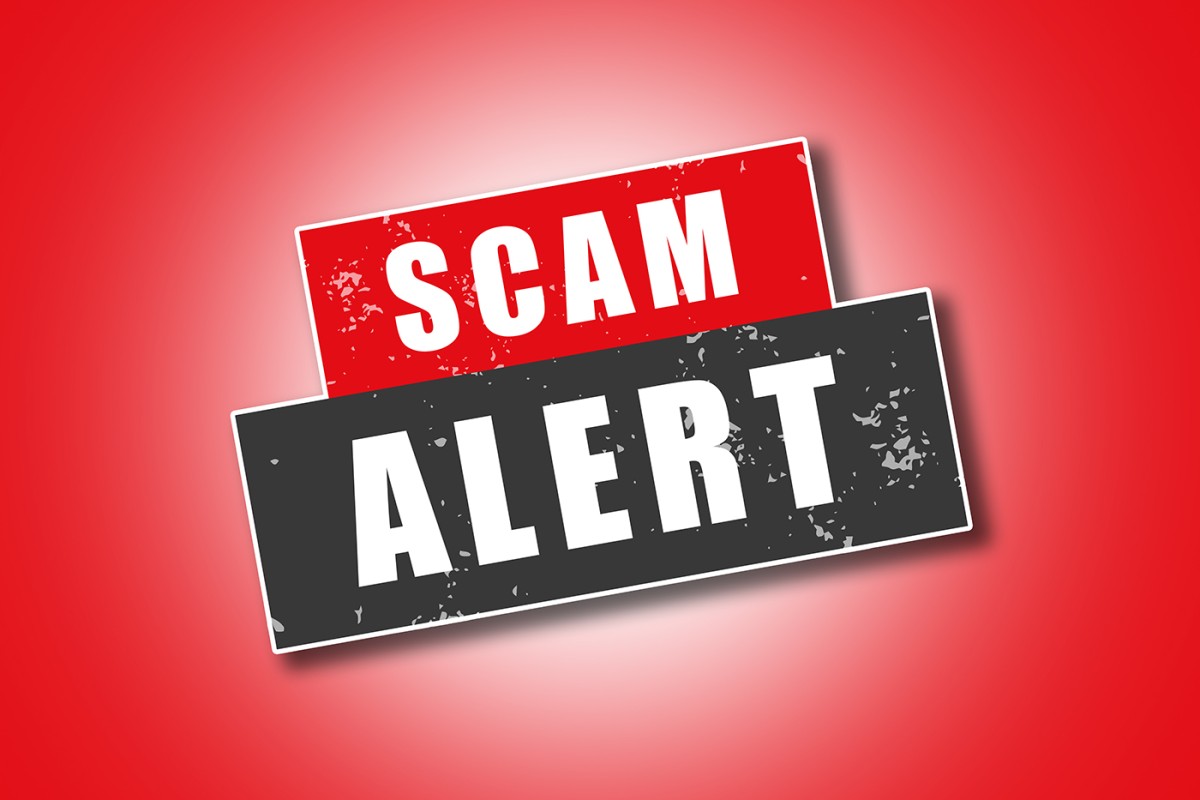4 Ways to Spot a Fake or Counterfeit Product

Often find yourself browsing sites like Craigslist and eBay? Here’s how you can avoid wasting your money on the abundance of fake products out there.
Yes, I’m a sucker for a bargain, but while there are plenty of genuine bargains to be had online, there are also plenty of counterfeit product pitfalls to avoid. Luxury jeweller Tiffany & Co. discovered upon investigation that 73% of eBay sales of Tiffany products actually involved fakes, resulting in Tiffany & Co. taking eBay to court!
The stakes with counterfeit products can also be a great deal higher, as BBC’s Fake Britain found out after purchasing some motorbike gear from eBay (video here).
If something seems too good to be true, run through this list:
1. Know What You’re Looking For
The usual Achilles heel of counterfeiters is in the small details of a product such as the stitching, zips, buttons, misspellings on labels or errors in the patterns or designs on the products.
Check out what you’re looking for on the brands own site or on sites you know can be trusted, even better check out the product in real life in a store. Looking at a product in detail and handling one will give you a good idea of what a genuine looks and feels like.
2. Research Feedback / Reputations
Check out the feedback that the seller or business has from previous sales and search for the company name online followed by reviews. If they’ve been passing off counterfeits as genuine products then chances are someone will have called them out on it before now.
It’s also worth looking out for any ties with professional associations, if for example they feature a logo of the British Jewellers’ Association then you may want to confirm that with the association. Alternatively you could visit the association’s website and find an accredited supplier through their consumer options; most associations will maintain a list of genuine suppliers on their website.
3. You Get What You Pay For
The old saying generally stands true: If it seems too good to be true, it probably is. Make sure you’re being realistic. Sure you might find a seller offering a genuine product for 10-20% below RRP, but if the price is significantly lower then keep in mind another old saying: You get what you pay for.
4. Who’re They Trying To Convince?
If the advert has the word genuine, real or authentic scattered in several times then that should set your alarm bells ringing. You should also be weary of phrases like “inspired by”, this can hold as much weight as “based on a true story” does in some films.
Conclusion
Counterfeit products often involve a lot more illegal activity than just a trademark/copyright infringement. Purchasing these goods could result in you essentially funding child slavery, human trafficking and other gang activity. If you're unsure then my advice would be to err on the side of caution.
Don't buy into organised crime.
← Back to blog
